BMW i5: The electric sedan that means business
BMW unveiled the latest generation of its 5 Series sedan, and the electric variant called the i5. According to the German carmaker, the i5 aims to become the leader in sustainable premium mobility in the upper mid-size vehicle segment.
The electric i5 will be launched simultaneously with the 5 Series in October. It will be available with petrol and diesel engines and a mild hybrid system featuring a 48V starter generator. Depending on the market region, the BMW 5 Series will also offer plug-in hybrid powertrains, with two PHEV versions scheduled for release in Europe in spring 2024.
Similar to the i4, the i5 will initially have two motor options. The i5 eDrive40 inherits not only the model designation from the i4 but also its drive system, which includes a 250 kW electric motor on the rear axle. This electric motor is part of BMW’s fifth-generation e-drive kit, utilizing a current-excited synchronous machine that eliminates the need for permanent magnets and rare earth. The efficiency and performance of this drive system have been demonstrated in BMW’s current BEV models, such as the i4, iX3, and the larger iX.
The i5 generates a maximum torque of 430 Nm with ‘Sport Boost’ or Launch Control. The BMW i5 eDrive40 accelerates from 0 to 100 kph in 6.0 seconds and achieves a top speed of 193 kph.
However, the i5 is not simply a slightly larger version of the i4. This distinction becomes evident when looking at the top model, the i5 M60 xDrive, which surpasses the maximum output of the i4 M50 (400 kW) with its impressive 442 kW. The sporty all-wheel-drive vehicle features a second electric drive on the front axle, generating up to 820 Nm of torque. The BMW i5 M60 xDrive accelerates from 0 to 100 kph in just 3.8 seconds and has an electronically limited top speed of 230 kph.
The slightly lower power output of the i5 M60 xDrive compared to the larger iX M60 xDrive (455 kW) can be attributed to the battery. The i5, regardless of the drive variant, is equipped with a net energy content of 81.2 kWh, whereas the iX and i7 models have batteries with capacities of over 100 kWh. Despite having a 13.9-centimetre longer wheelbase, the i5’s battery is slightly larger than the one found in the i4 (80.7 kWh net). Press photos reveal that both electric variants have a gimbal tunnel in the rear footwell, which is more prominently filled with battery modules in the i4.
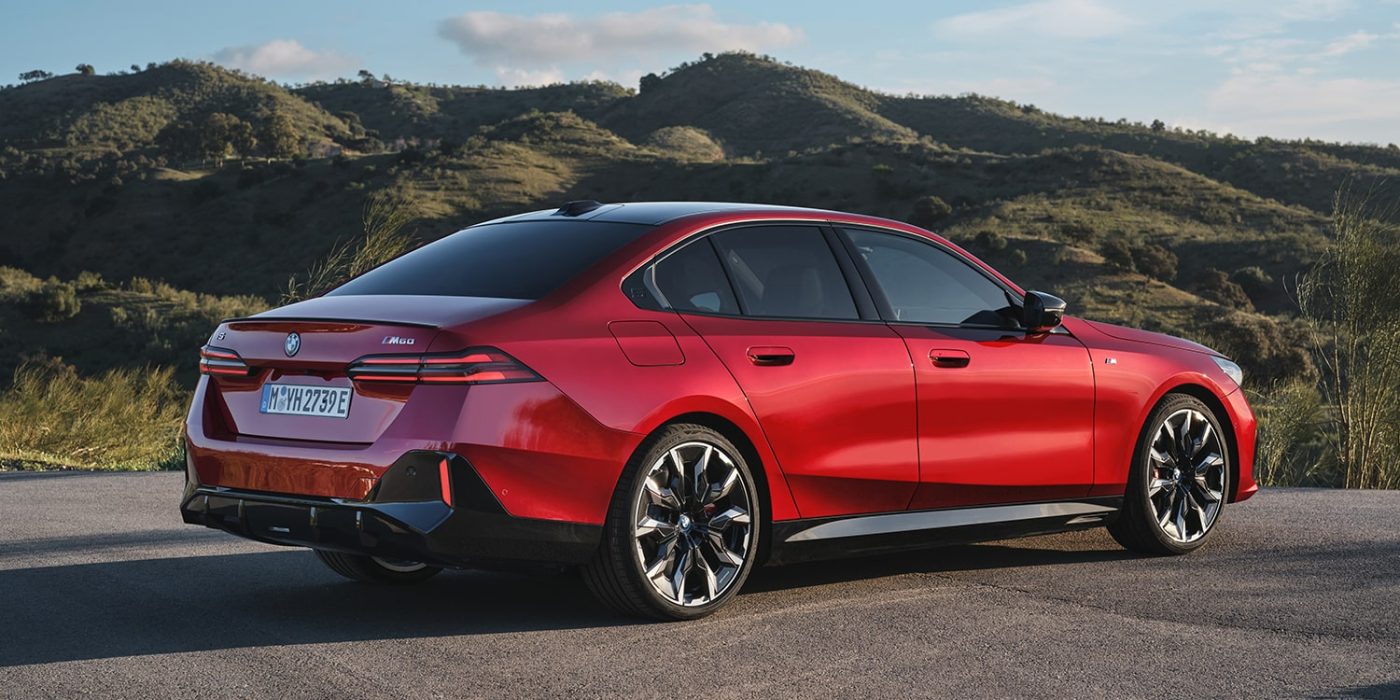
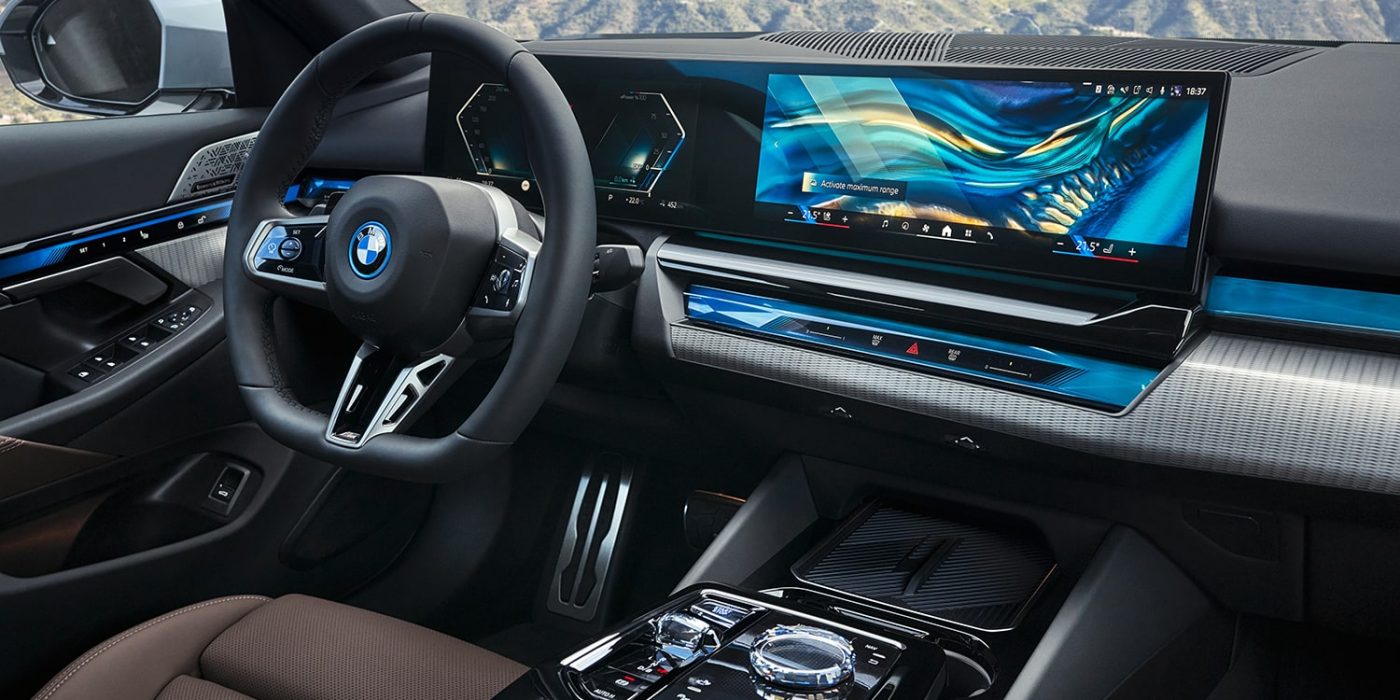
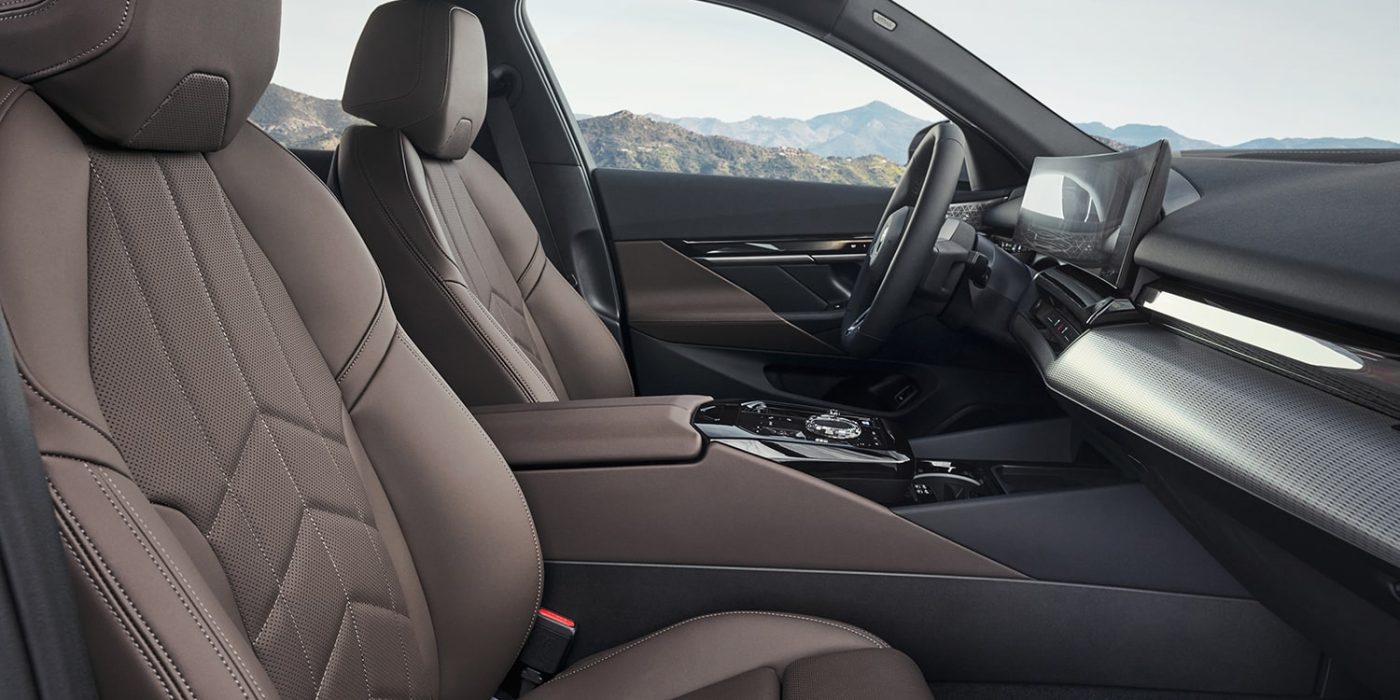
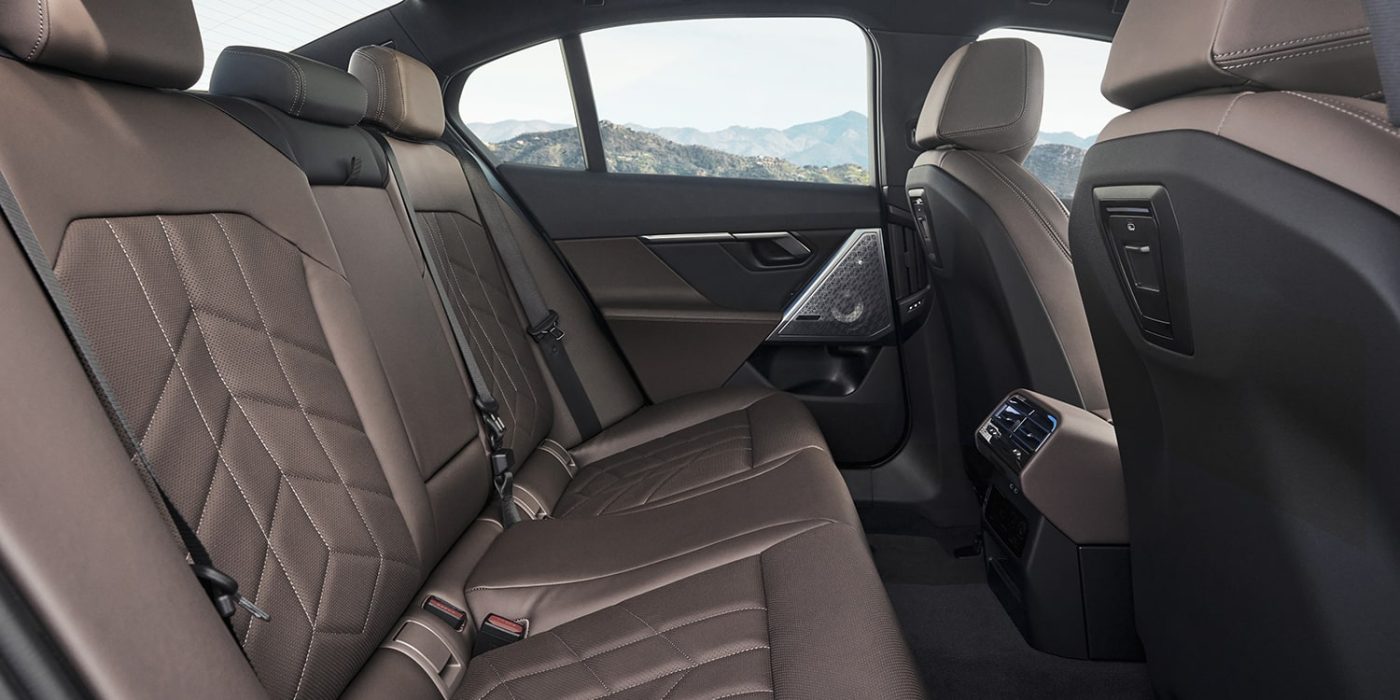
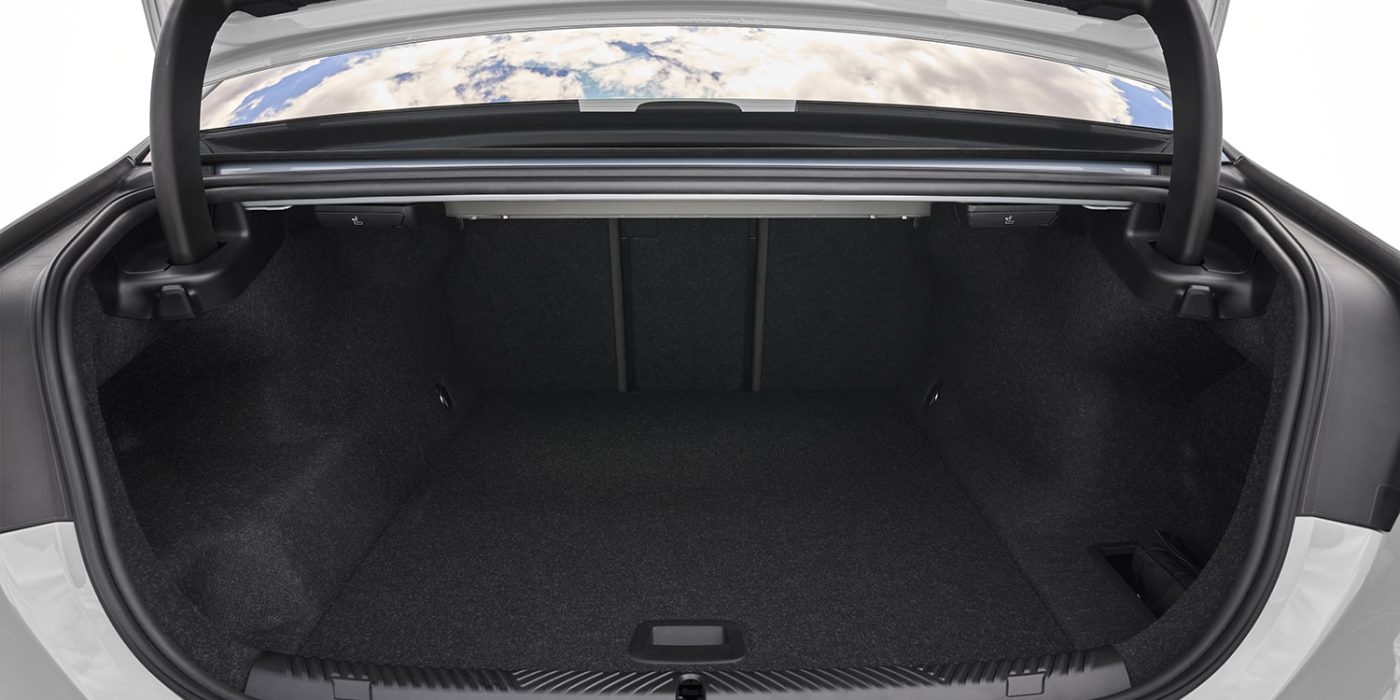
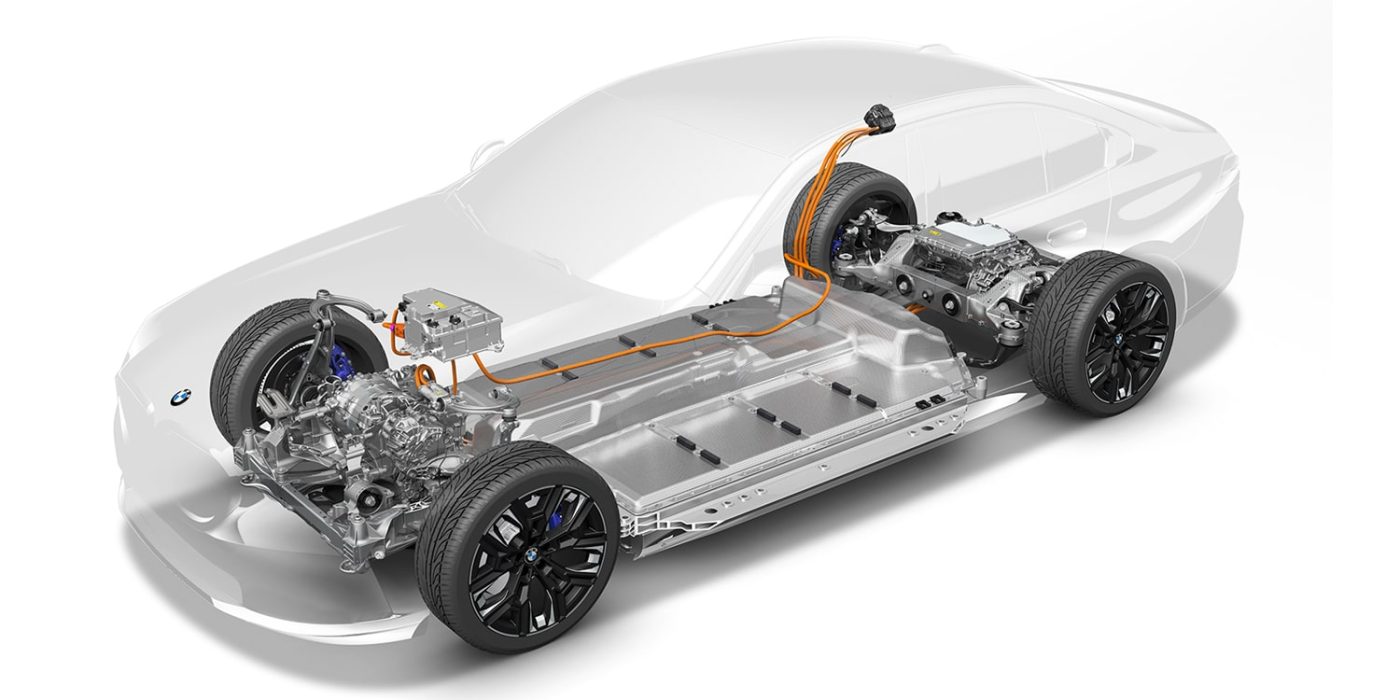
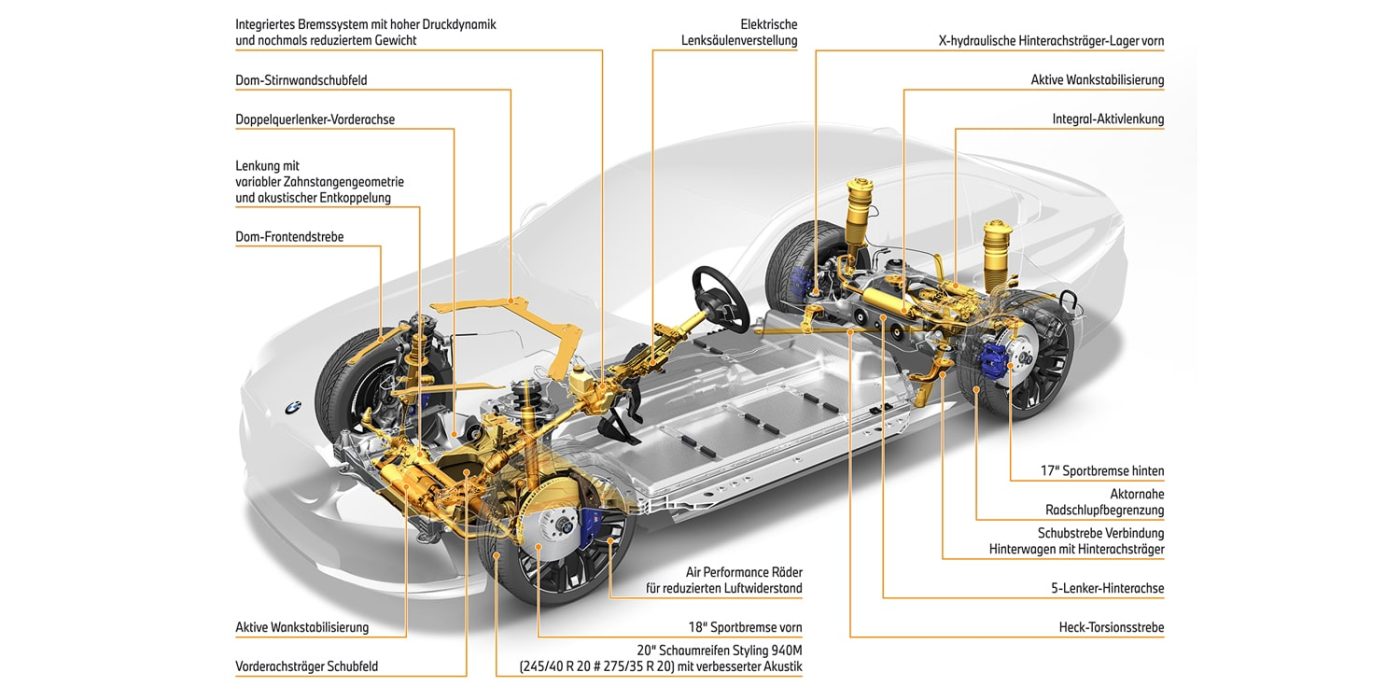
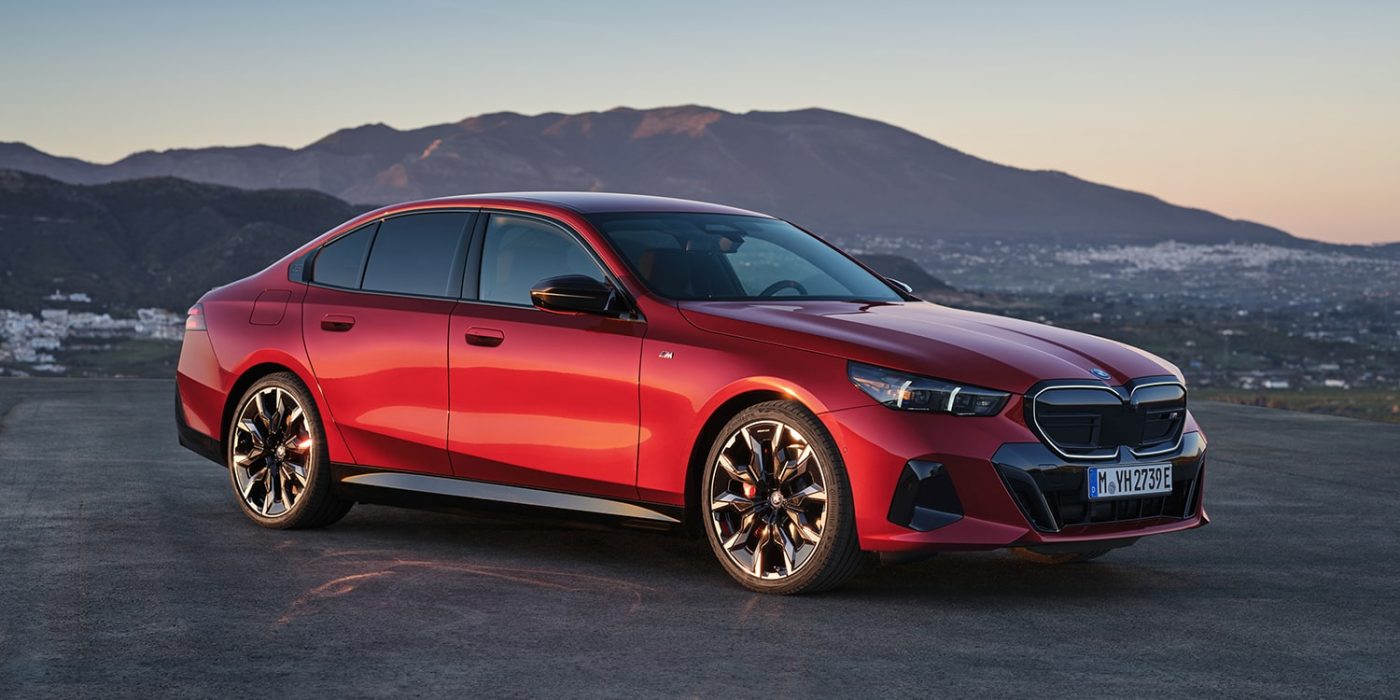
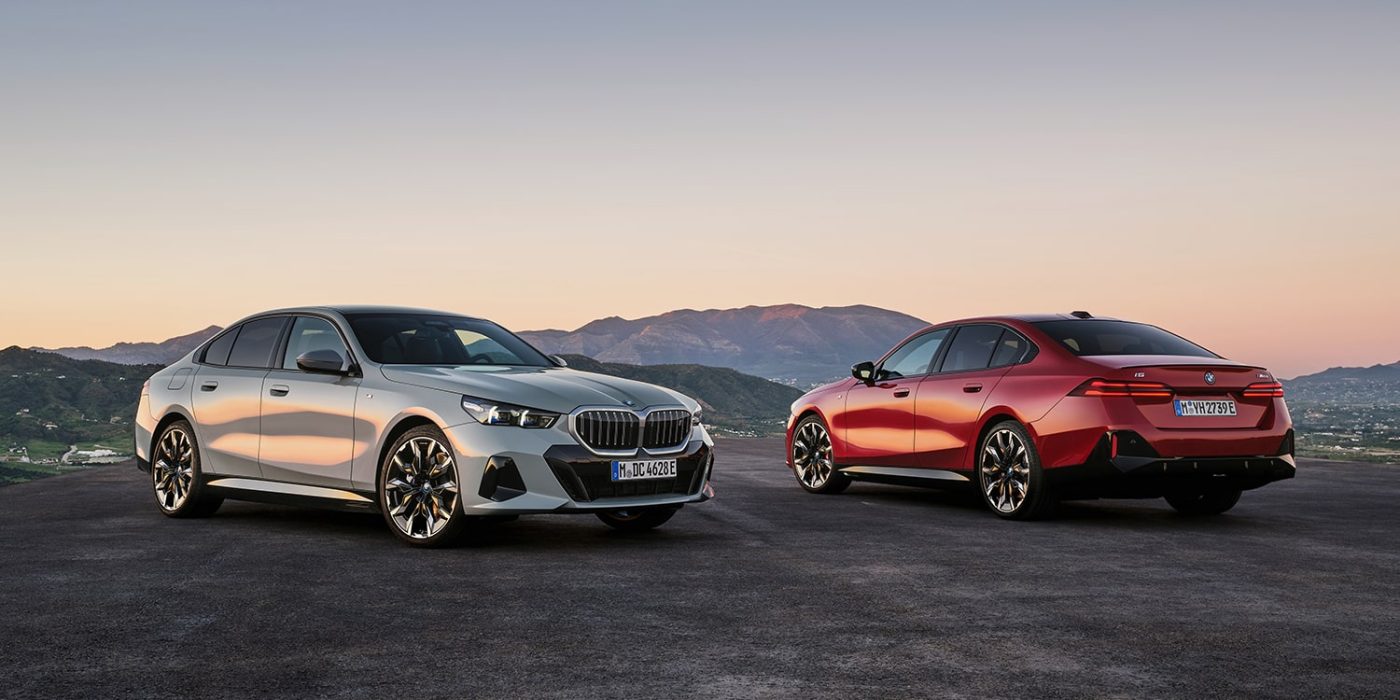
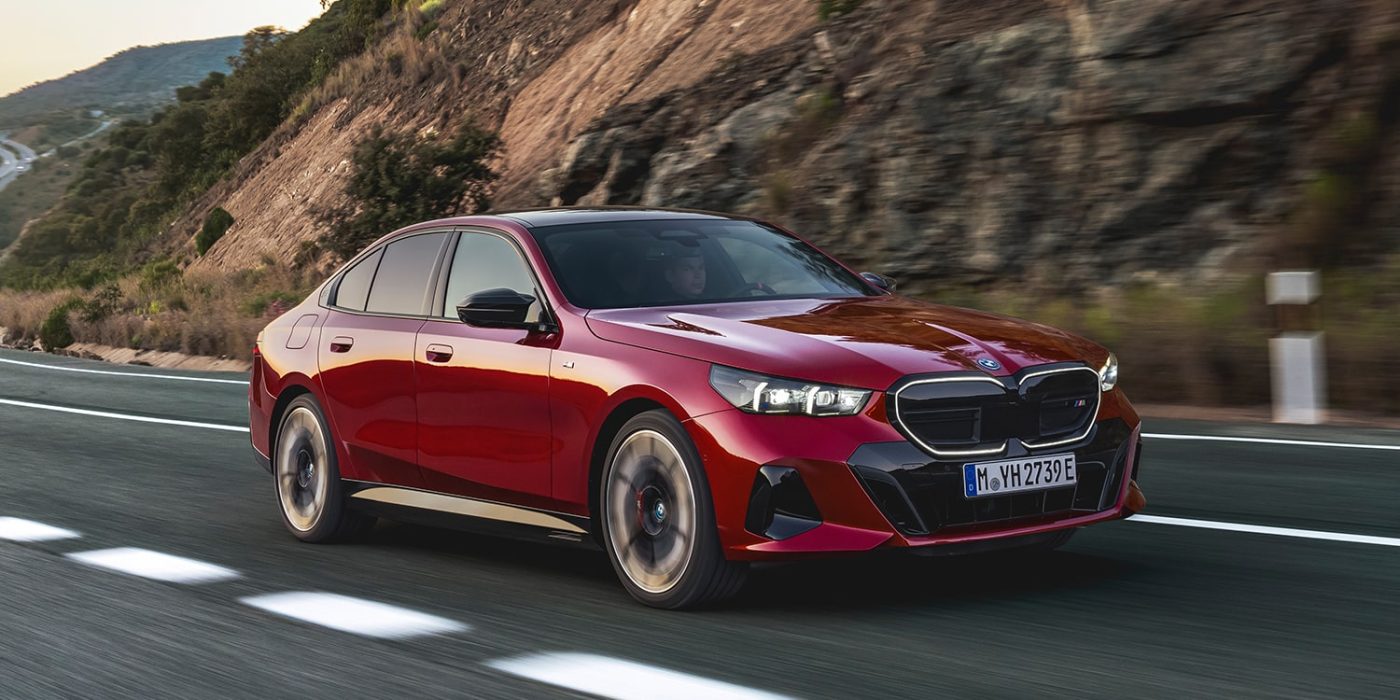
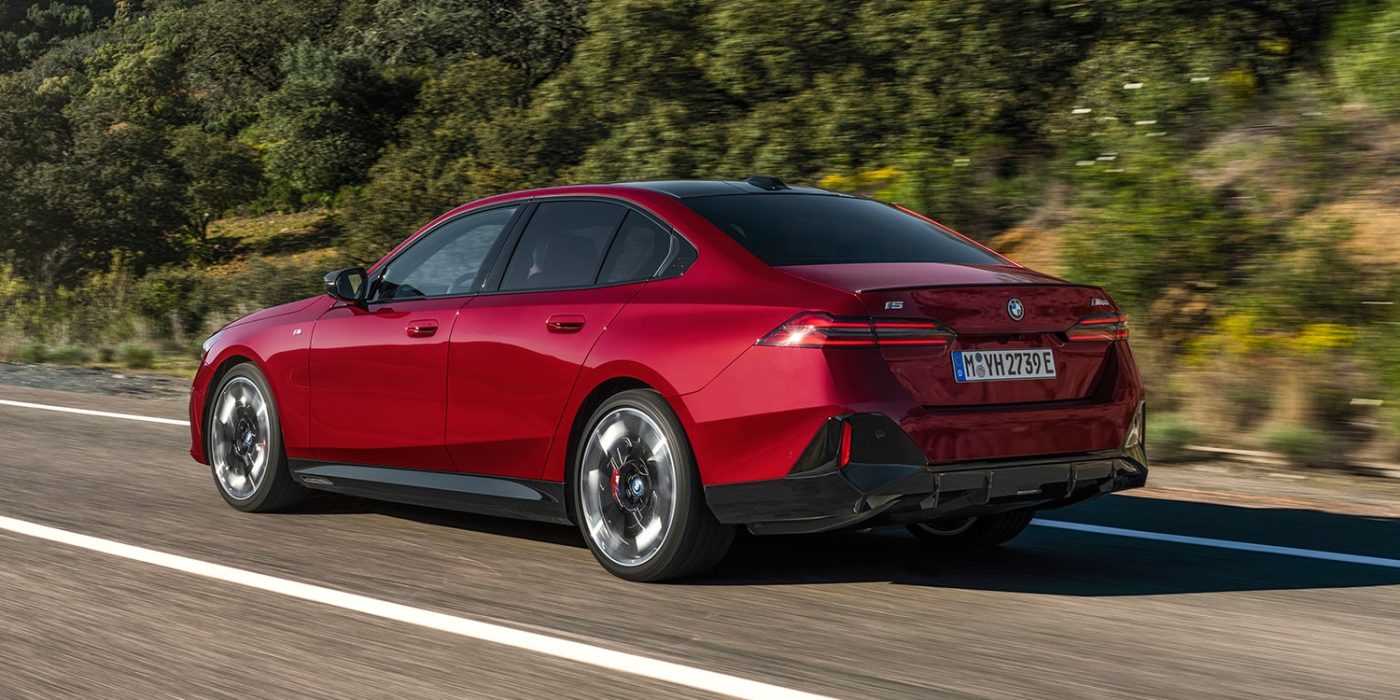
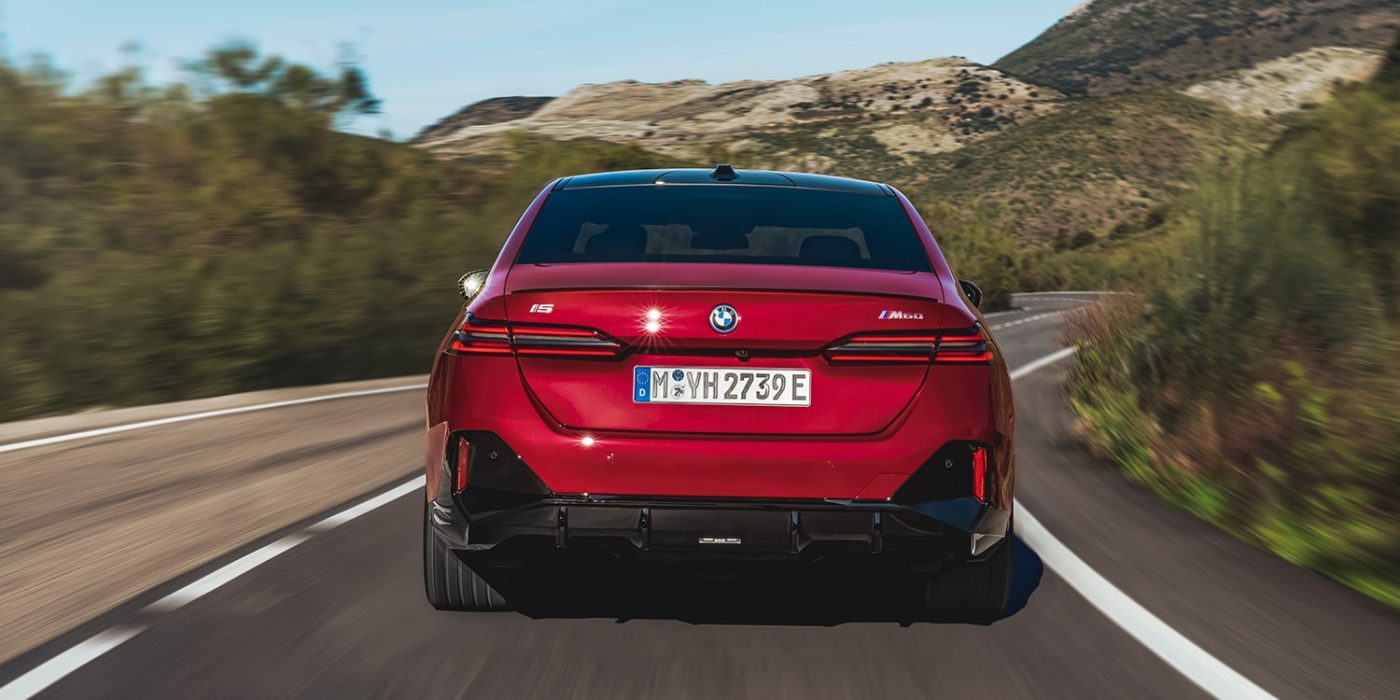
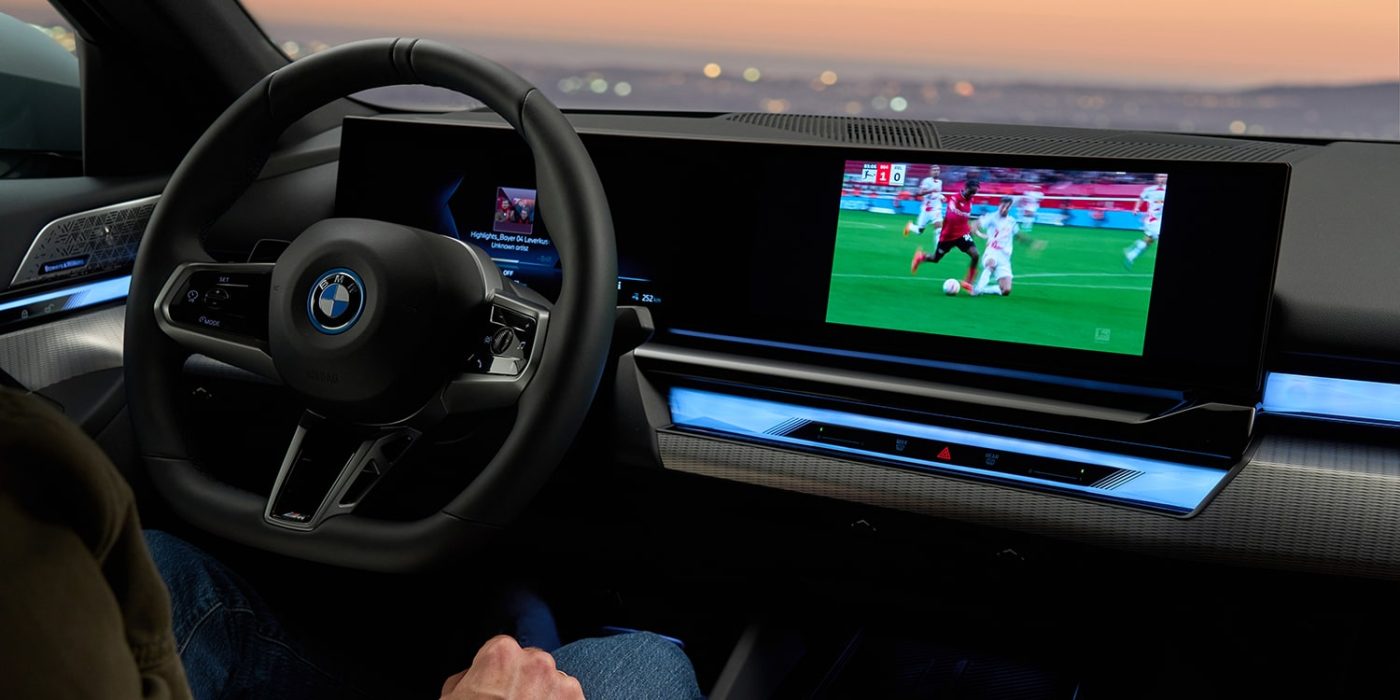
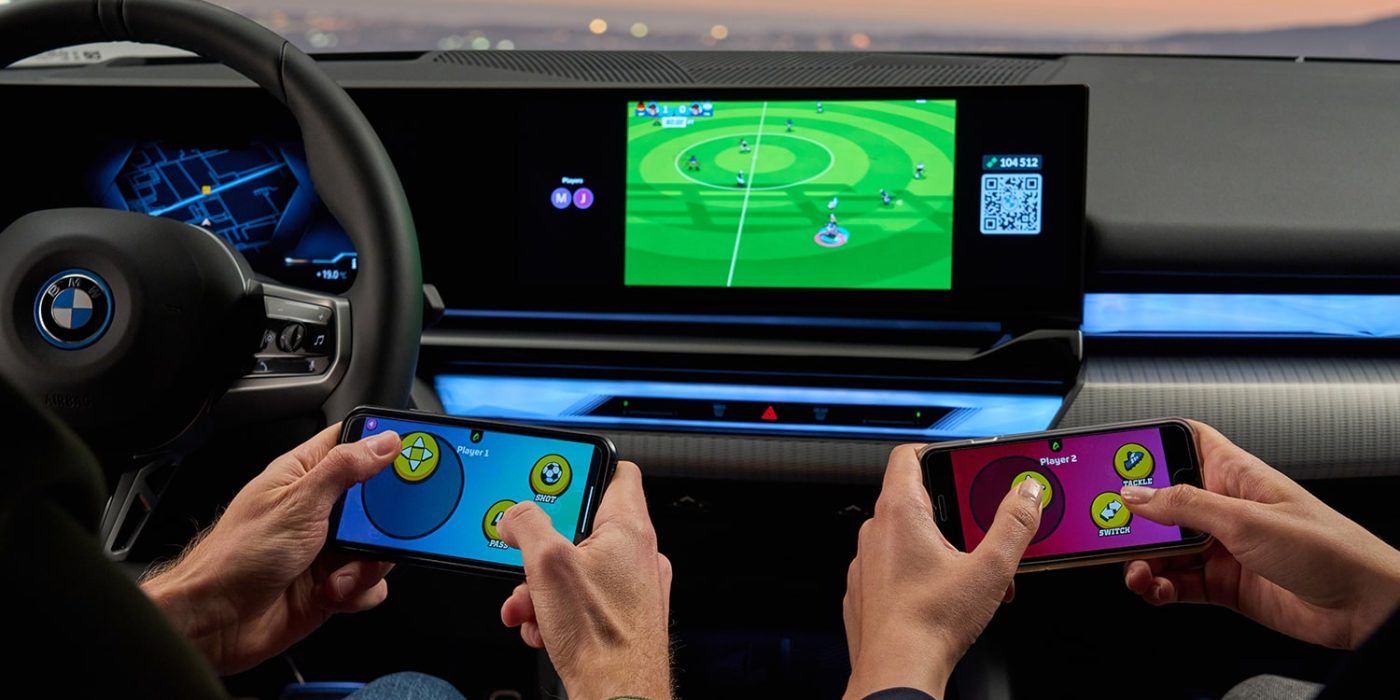
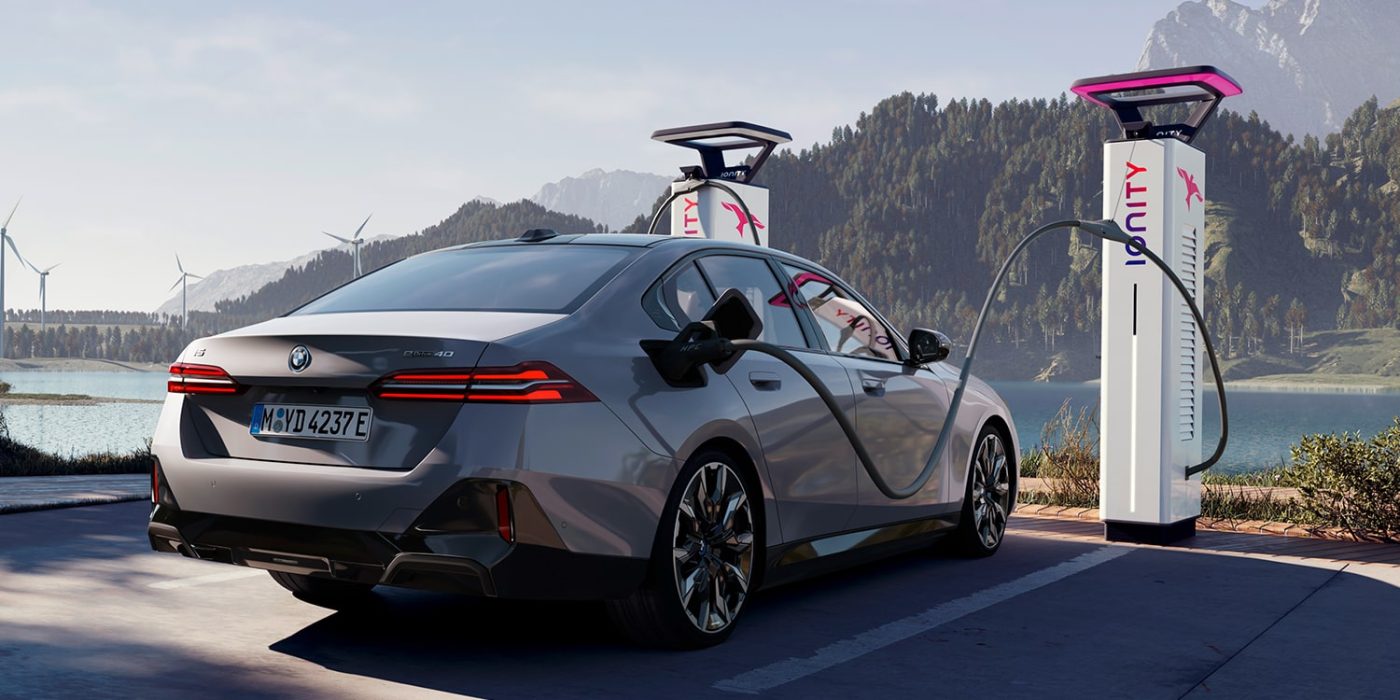
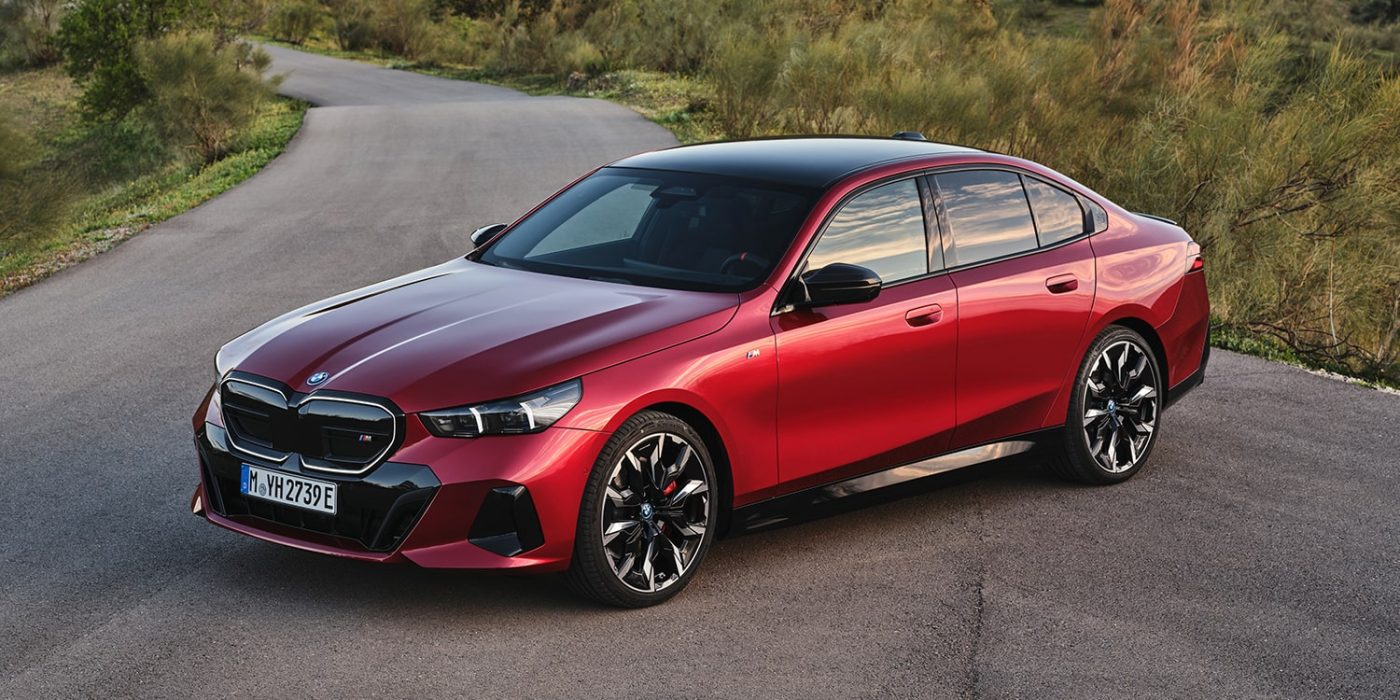
Compared to its rival, the Mercedes EQE, the i5’s smaller battery versions (89 kWh and 90.56 kWh net) rely on efficiency optimizations to achieve competitive ranges. During the premiere, BMW highlights this focus on efficiency, stating, “In addition to efficient electric motors, the latest version of adaptive recuperation and an intelligent combination of heat pump technology for interior heating, cooling, drive, and high-voltage battery contributes to the extended range.” Depending on the equipment, the rear-wheel-drive i5 version offers a range between 477 and 582 kilometres, which is only slightly lower than the range of the i4. The i5 M60 xDrive achieves a range of 455 to 516 kilometres. Additionally, the i5 features a “Max Range” function, which limits power and deactivates comfort functions to increase the range by up to 25 per cent if necessary.
At a DC charger, the battery can be charged at a peak of 205 kW and from ten to 80 per cent in about 30 minutes. The charging curve of the 400-volt EV should correspond closely to that of the i4. With an estimated 350 to 400 kilometres of motorway range and a half-hour charging break, one can make decent progress over long distances. BMW is not setting a new benchmark here. But Plug&Charge is now available with the “Multi-Contract Option”, which allows customers to digitally store up to five individual Plug&Charge-enabled contracts from different providers in the vehicle.
The AC charging capacity is 11 kW, but the Combined Charging Unit (CCU) of the BMW i5 also offers a 22 kW option. The manufacturer still needs to specify the surcharge. Instead, it announced a “Connected Home Charging” feature for the i5 and the upcoming plug-in hybrids. It will create the conditions for solar and load-optimised charging (stage 1) and cost-optimised charging based on a dynamic electricity tariff contract (stage 2, from 2024). In cooperation with E.ON. “Connected Home Charging” also forms the “foundations for networking with the energy market through bidirectional charging in future vehicle generations”. Since the statement mentions future vehicle generations, it seems that the i5 will not yet support bidirectional charging.
Regardless of the electric drive, the new generation will feature the “characteristic balance between maximum sportiness and a high level of long-distance comfort” typical of BMW. The balanced axle load distribution of almost 50:50, the lightweight construction and the higher rigidity of the body are to contribute to this – and the dimensions of the body itself.
Because with a length of 5.06 metres (+97mm compared to its predecessor), the new 5 Series not only cracks the five-metre mark, but with a wheelbase of three metres, it comes to a level that was still in the 7 Series segment a few years ago. In addition, the new model is 32 millimetres wider (now 1.90 metres without exterior mirrors), which increases track width at the front and rear and leads to more stable handling.
Since the 5 Series is also available with a combustion engine, the front bonnet of the i5 is significantly longer than that of the purely electric Mercedes EQE, for example. The i5 stands out from the curved and aerodynamically optimised design of the Mercedes saloon with a somewhat angular face and steep front – which is still enough for a drag coefficient 0.23.
From the side view, the integrated door handles strike the eye, as does the roofline. It remains straight for quite a long time, which should provide more headroom for rear-seat passengers. Up to the sloping rear window and notchback boot, the i5 Saloon should correspond to the i5 Touring, which will launch later as an electric estate. In the Saloon, the boot holds up to 490 litres. There is no mention of a frunk under the bonnet. On the other hand, the towing capacity of the rear-wheel drive is 1,500 kilograms braked (80 kg drawbar load), and a roof load of 75 kg is permitted. The i5 M60 xDrive can tow up to two tonnes.
This information about the i5 can only be found in the technical data. BMW highlights other features in the announcement, such as the optional “Driving Assistant Professional” and specifically its motorway assistant (available in the USA, Canada and Germany). At speeds of up to 130 kph, it is possible to take the hands off the steering wheel and “position them comfortably” as long as the driver keeps a close eye on traffic. In addition, there is the active lane change assistant with gaze confirmation: “The vehicle offers a lane change that can be carried out for the first time via a gaze confirmation in the exterior mirror. The lane change assistant automatically takes over the necessary steering movements, provided the traffic situation allows it,” says BMW.
The interior has a new iDrive system with the BMW Operating System 8.5. This version also offers “QuickSelects”, allowing quick access to some functions without switching to a submenu. The Curved Display (12.3-inch as “Information Display” for the driver and 14.9-inch as “Control Display”) also supports video streaming and (when the vehicle is stationary) so-called “casual games” to stay entertained during a charging break, for example.
The market launch is scheduled for 21 October. So far, BMW has only mentioned the base price for the i5 eDrive40, which costs at least €70,200 in Germany. Prices for the i5 M60, another all-wheel drive model announced for 2024 and the upcoming electric estate are unknown.
With reporting by Sebastian Schaal, Germany.

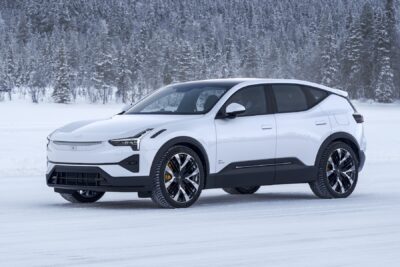

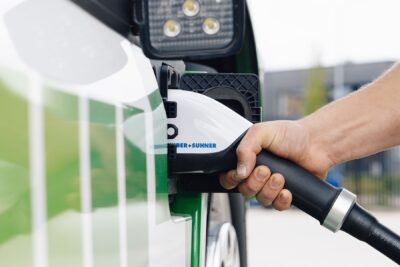
0 Comments